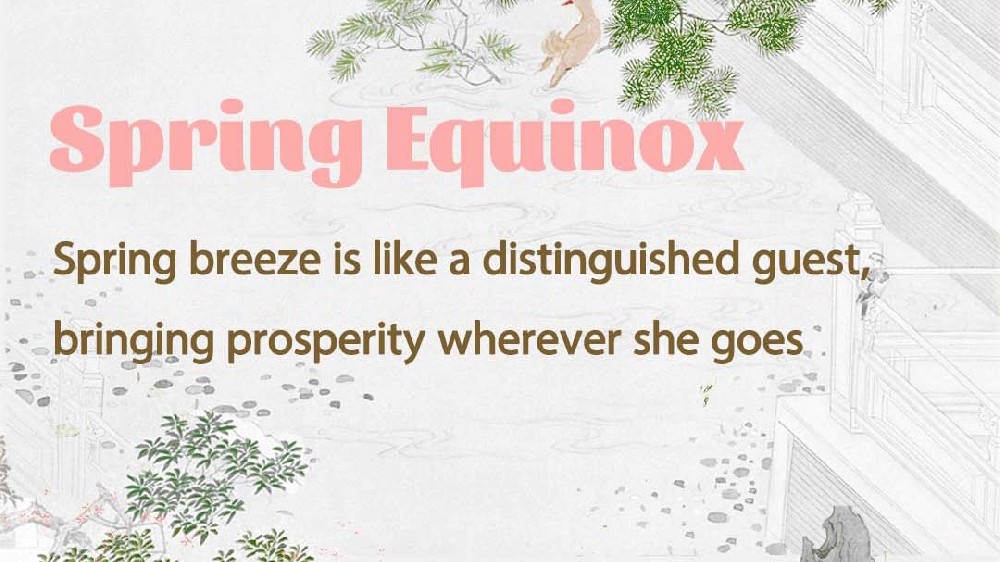Heritage Grid | 600 Years of Human Genius Encoded in Beijing’s Forbidden City
On an icy January morning in 1669, 14-year-old Emperor Kangxi summoned his regent Oboi to the Hall of Martial Valor. As the warlord knelt before him, imperial guards sprang from behind vermilion pillars. With this coup executed within the Forbidden City’s labyrinthine walls, Kangxi commenced China’s longest imperial reign—a dynasty physically embodied in 72 hectares of painted timber and marble terraces.

▲ view of the Forbidden city from Jingshan Park
The Mandate Made Mortar: Constructing Cosmic Order
The Forbidden City (紫禁城) emerged from geopolitical necessity. When Ming Emperor Yongle seized power in 1403, he relocated China’s capital northward, commanding 100,000 artisans to erect a celestial city atop razed Mongol palaces.
For 14 years, gold-fired bricks from Suzhou, Phoebe zhennan timber from Yunnan’s primordial forests, and white marble from Beijing’s quarries converged via ice roads and canals.
But what necessity brought Beijing to the center of the political stage in the early 15th century?
After seizing power in a bloody political turmoil (1399–1402), Nanjing—the Ming capital—felt like hostile territory. The city simmered with loyalty to the deposed Emperor Jianwen(建文帝). By moving north, Yongle distanced himself from plotters and transformed his former power base (where he ruled as a prince for 20 years) into a symbol of legitimacy.
To broadcast his divine mandate, and together with the reason to prevent the Ming from being invaded by the Mongols, he decided to station himself in Beijing to keep alert to the threats from the north and build the Forbidden City as his defining strategy.
Yongle didn’t just seek a fortress—he crafted a cosmological engine. Beijing’s geography aligned perfectly with sacred principles: He considered the mountains as dragons——the Yan Mountains to the north channeled qi (cosmic energy), forming a "protective screen" against evil; the water networks encircling the city harnesses prosperity and harmony; while the Forbidden City’s north-south axis mirrored the celestial pole, placing the emperor at the center of the universe, which reflects the the axis of power.
In China's feng shui, unlike "low-lying, ill-fated" Nanjing, Beijing’s terrain embodied stability and destiny.
Theatre of Thrones: Where History’s Ghosts Whisper
For five centuries, this palace witnessed history’s seismic shifts:
The palace complex witnessed Ming-Qing power shifts, including the Manchu conquest (1644), when Qing rulers adapted its halls for shamanic rituals.
In 1900, foreign troops occupied the palace during the Boxer Rebellion, exposing imperial weakness.
In 1921, the abdication of China’s last emperor, Puyi, was signed in the Hall of Mental Cultivation, ending two millennia of dynastic rule. His expulsion in 1924 marked the palace’s transformation into the public Palace Museum (1925).
During WWII, curators safeguarded their treasures in a heroic exodus—16,000 crates of artifacts, including the 2,800-year-old Mao Gong Ding bronze, survived bombings in remote caves. After 1949, 70,000 volunteers cleared wartime debris, restoring the complex as a "people’s heritage." Today, it welcomes 19 million annual visitors, bridging ancient traditions with contemporary China.
Global Palimpsest: When Versailles Met Zhongnanhai
Among UNESCO’s Big Five palaces, Beijing’s singularity emerges through comparative anatomy:
Versailles: Stone as an eternal power statement;
Kremlin: Red brick fortifications telegraphing terrestrial might;
Forbidden City: Wood—organic, renewable, yet vulnerable. Its very fragility (requiring constant renewal) embodied Confucian ideals of governance as perpetual stewardship;
Buckingham Palace: Private gardens sequester royalty from the public gaze.
For young Chinese, the Forbidden City has transformed from a static relic into a dynamic cultural playground. While Qing-era palace dramas initially fueled fascination with its imperial mystique, today’s youth engage with it through creative self-expression and reinterpretation, turning its architecture into a backdrop for identity exploration.
At dusk, when tourists retreat, the Forbidden City’s true magic surfaces. Sunlight slants through dougong brackets unchanged since Yongle’s artisans fitted them six centuries ago. Here lies the genius of this wooden cosmos: unlike European palaces, its timber skeleton breathes—expanding and contracting with the seasons, surviving fires, wars, and revolutions through planned renewal.
As UNESCO declared in 1987, this is “the supreme example of hierarchical architecture”—where every beam whispers that order, however fragile, can weather time’s chaos.
For global visitors navigating fractured modernity, that message remains as vital as the axis uniting Earth and stars.

